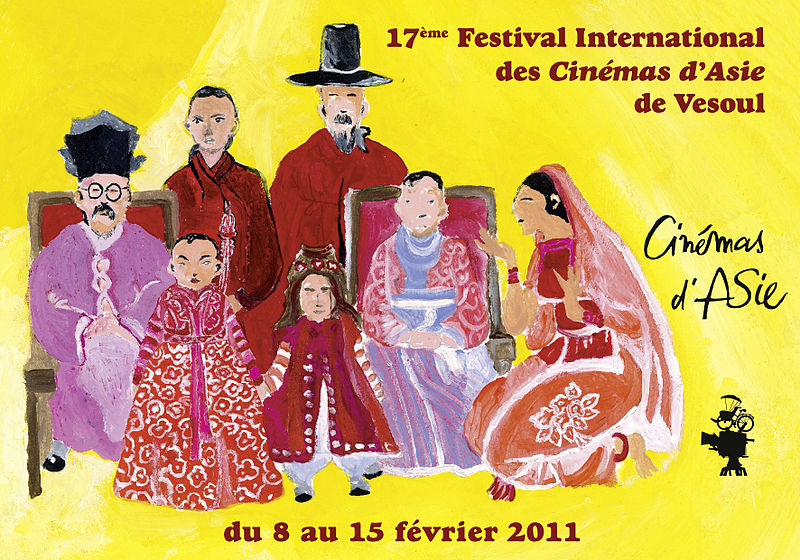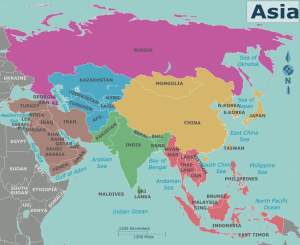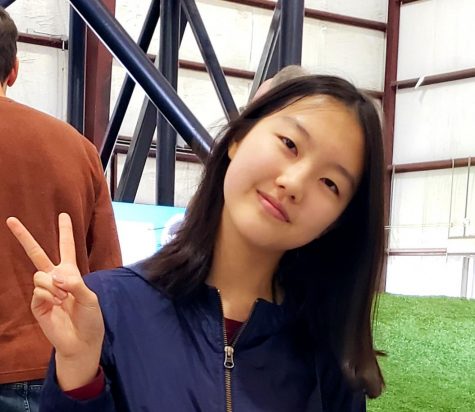Harmful East Asian Stereotypes Prevent Positive Representation In the Film Industry
Fabien Bigotte
Representation should be about about chronicling the stories that are unique to different cultures but are truly indicative of the larger human experience. Photo courtesy of Fabien Bigotte.
January 10, 2022
East Asian representation is undeniably increasing in both quantity and quality. Released this September, Marvel’s Shang-Chi grossed over $ 400 million at the box office. The film features a majority East Asian Cast and takes specific precautions to avoid racist stereotypes.
The trend of successful American movies with East Asian characters sparks hope that representation will continue to improve. However, harmful stereotypes regarding Asians are still common in the American film industry.
East Asian characters have historically often been portrayed in two ways; excessively timid and submissive, or cold, calculating, and unfeeling. Old Hollywood stereotypes such as the Dragon Lady fall into the latter, while tech whizzes, nerds, etc., fall into the former. East Asian protagonists are still relatively rare in Western media, and most are merely side characters who are underdeveloped or simply embody such stereotypes.
More modern tropes such as the “Asian Hair Streak,” which refers to East Asian female characters commonly having a brightly dyed hairstreak to highlight their “different”/rebellious personality, are not always inherently problematic. However, this specific trope should be criticized because it still partially relies on the stereotype that most East Asians are submissive and unassuming. Not to mention, it’s a very lazy way to differentiate an Asian character from the crowd.
Furthermore, interchangeability still remains an issue in American media. Since most cannot visually determine an Asian actor’s specific ethnicity, this often leads to actors playing characters that do not have the same ethnicity as them. An example of this is the popular rom-com To All the Boys I’ve Loved Before, which stars Vietnamese-American actress Lana Condor as half-Korean Lara Jean Song Covey, or Teen Wolf, which features Korean-American actress Arden Cho as a Japanese fox spirit.
One could argue that an actor’s job is to portray someone who they are not, and therefore such casting is not an issue. However, East Asian cultures are starkly different, and if a character is created to portray a certain culture, then accurate casting is important. An actress of Chinese descent will, in most cases, not be able to accurately portray someone of Japanese heritage, nor will an actor of Korean descent be able to accurately represent someone who has grown up with Chinese culture. If a certain culture is an essential component of a film, then it would be ideal to cast actors who are also of that culture.
While the American film industry is making large strides in East Asian representation, especially thanks to the efforts of Asian-American filmmakers, there are still stereotypes and issues that must be fixed in the future.




